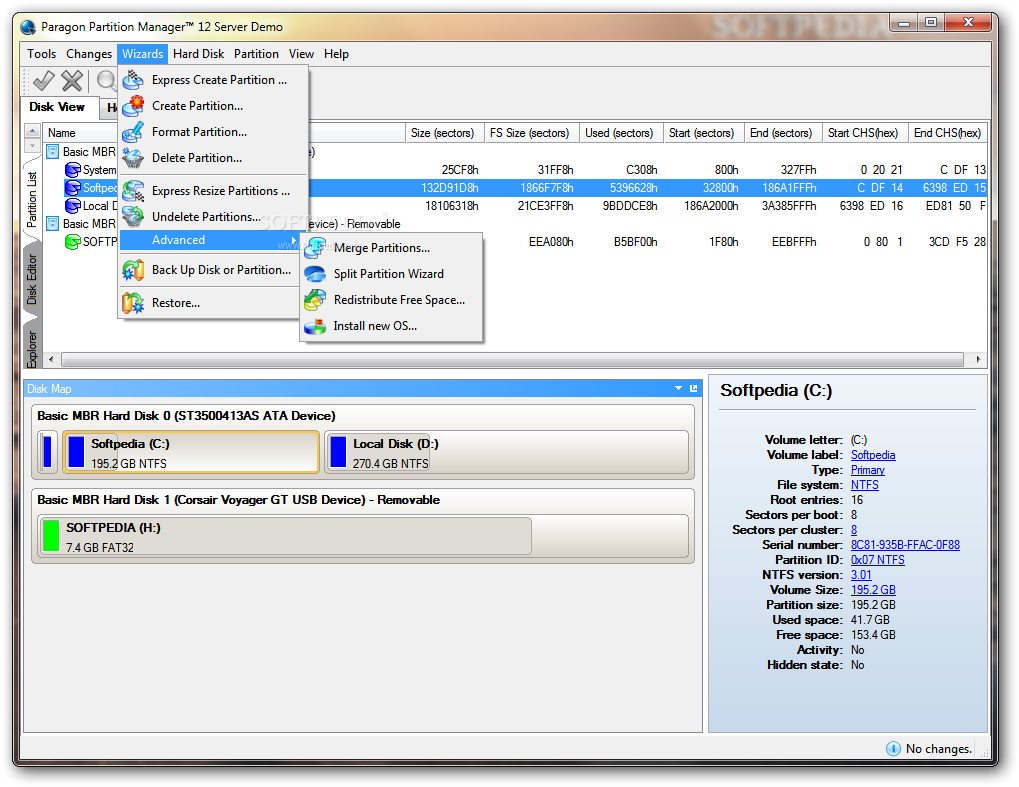Physical Volume (PV) Each Physical Volume can be a disk partition, whole disk, meta-device, or a. LVM is a tool for logical volume management which includes allocating disks, striping, mirroring and resizing logical volumes. With LVM, a hard drive or set of hard drives is. (120) Description. Up to 600% volume boost! The simplest and most reliable volume booster 🚀 Features ⭐️ Up to 600% volume boost ⭐️ Control volume of any tab ⭐️ Fine-grained control: 0% - 600% ⭐️ Switch to any tab playing audio with just one click 🚀 What users say.
Volume Manager Edge
- Would give it 5., but I see that it's continually using a significant amount of CPU (according to Chrome's task manager), even tho no tab is playing audio and also volume master's volume is set to 100%, either of which should be a sufficient condition to put it more completely to sleep.
- Logical Volume Manager (LVM) plays an important role in the Linux operating system by improving the availability, disk I/O, performance and capability of disk management. LVM is a widely used technique that is extremely flexible for disk management.
Logical Volume Manager
-->Volumes are implemented by a device driver called a volume manager. Examples include the FtDisk Manager, the Logical Disk Manager (LDM), and the VERITAS Logical Volume Manager (LVM). Volume managers provide a layer of physical abstraction, data protection (using some form of RAID), and performance.
In this section


Volume Manager For Mac
| Topic | Description |
|---|---|
| File System Recognition | The goal of file system recognition is to allow the Windows operating system to have an additional option for a valid but unrecognized file system other than 'RAW'. |
| Naming a Volume | A label is a user-friendly name that is assigned to a volume, usually by an end user, to make it easier to recognize. A volume can have a label, a drive letter, both, or neither. To set the label for a volume, use the SetVolumeLabel function. |
| Enumerating Volumes | To make a complete list of the volumes on a computer, or to manipulate each volume in turn, you can enumerate volumes. |
| Obtaining Volume Information | Before you access files and directories on a given volume, you should determine the capabilities of the file system by using the GetVolumeInformation function. |
| Change Journals | When any change is made to a file or directory in a volume, the USN change journal for that volume is updated with a description of the change and the name of the file or directory. |
| Mounted Folders | Using mounted folders, you can unify disparate file systems such as the NTFS file system, a 16-bit FAT file system, and an ISO-9660 file system on a CD-ROM drive into one logical file system on a single NTFS volume. |
| Master File Table | All information about a file, including its size, time and date stamps, permissions, and data content, is stored either in master file table (MFT) entries, or in space outside the MFT that is described by MFT entries. |
Volume Manager Download
Related topics
